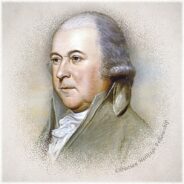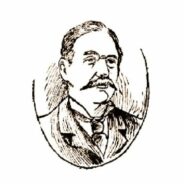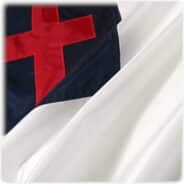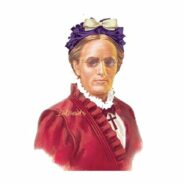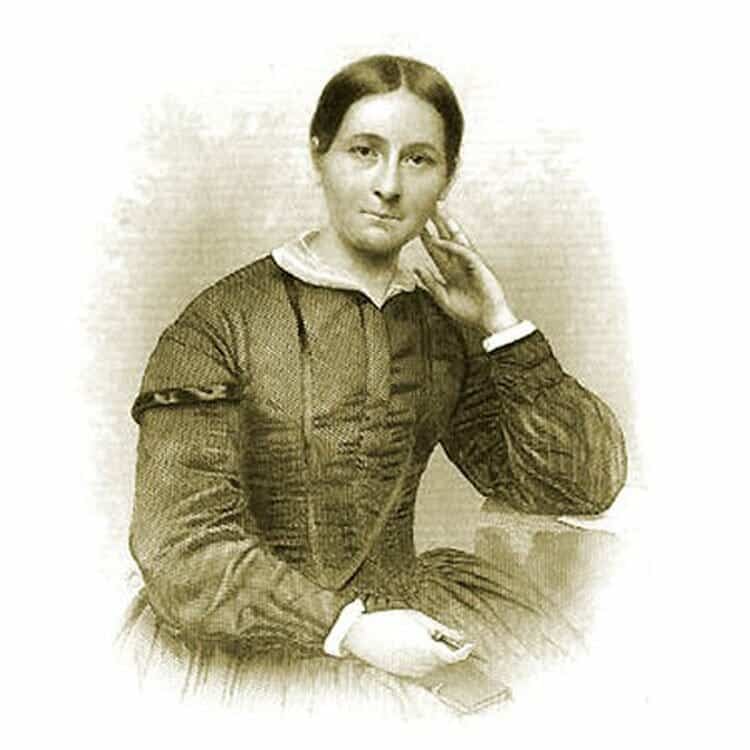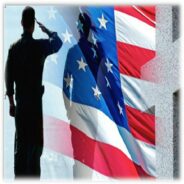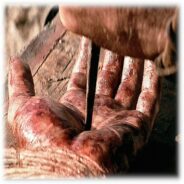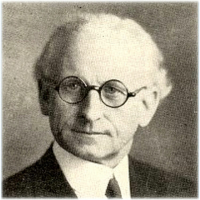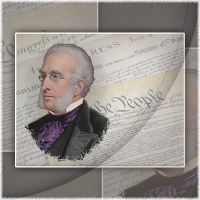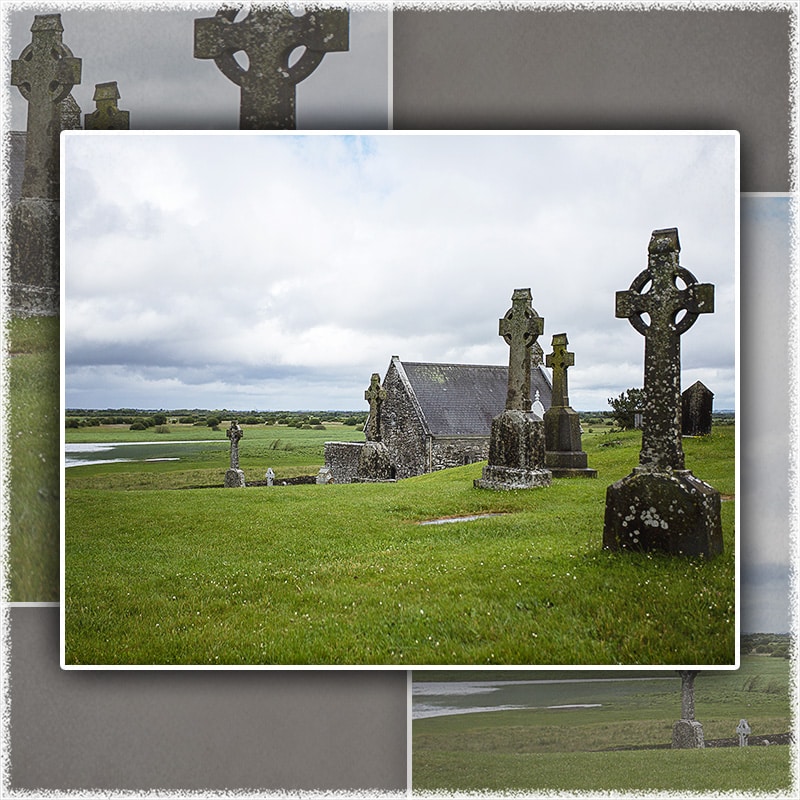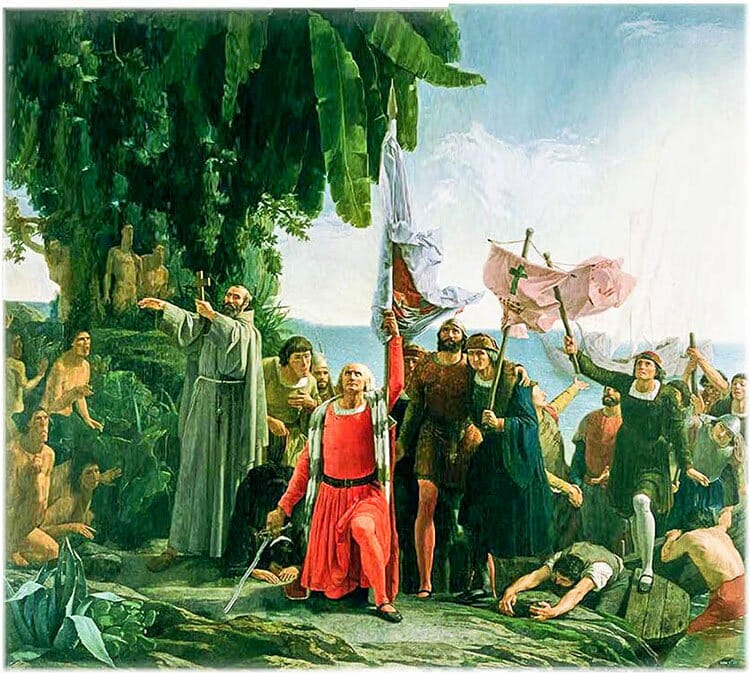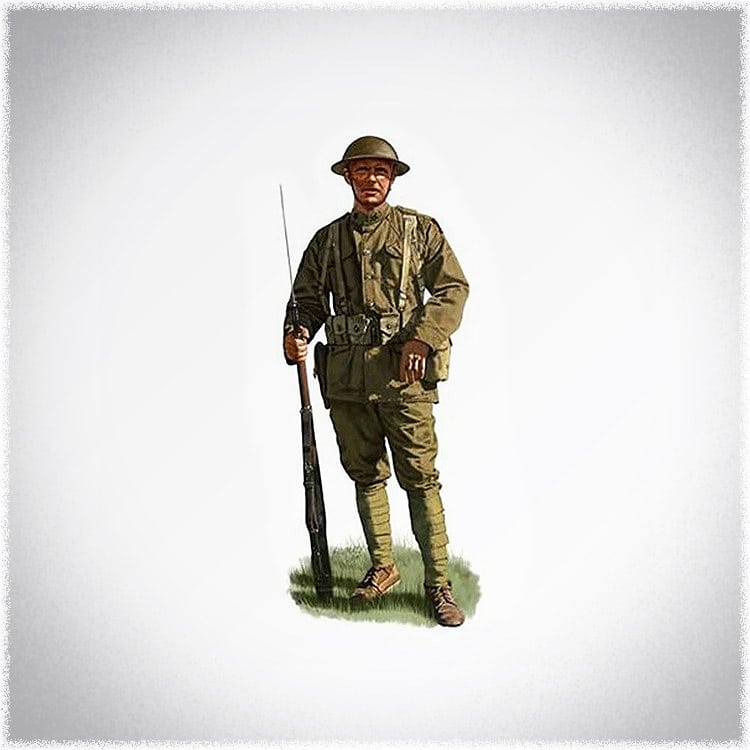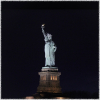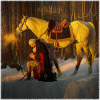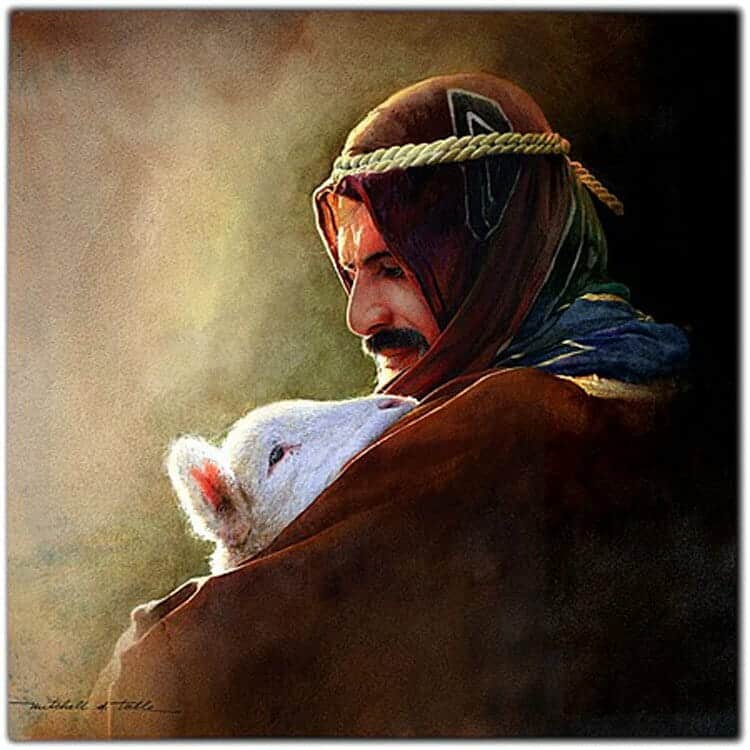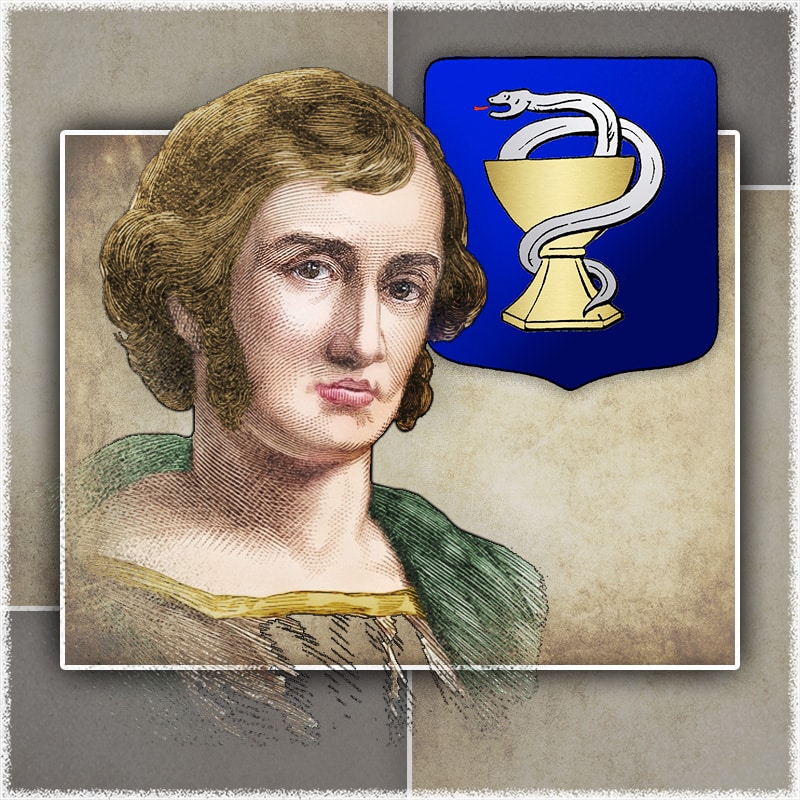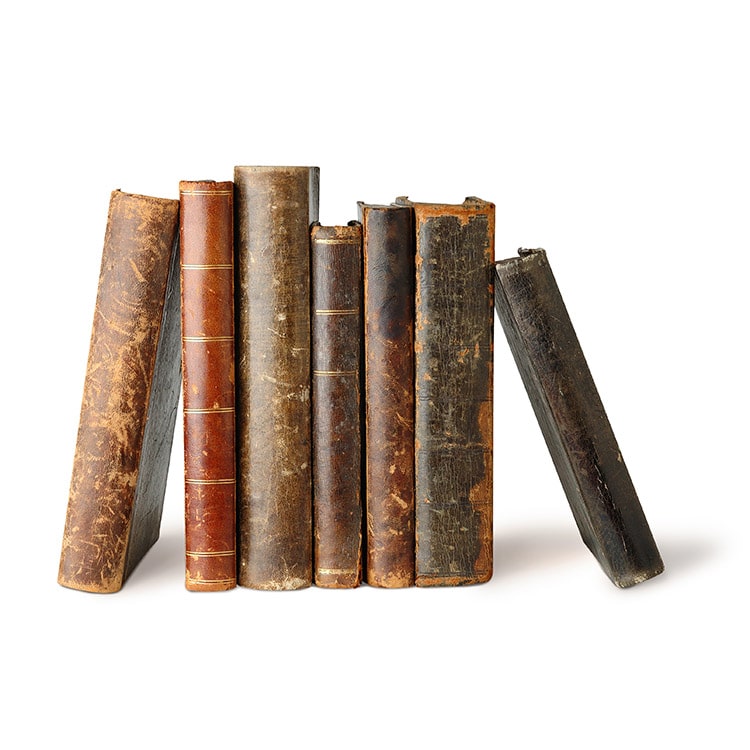Why We Fly the Christian Flag
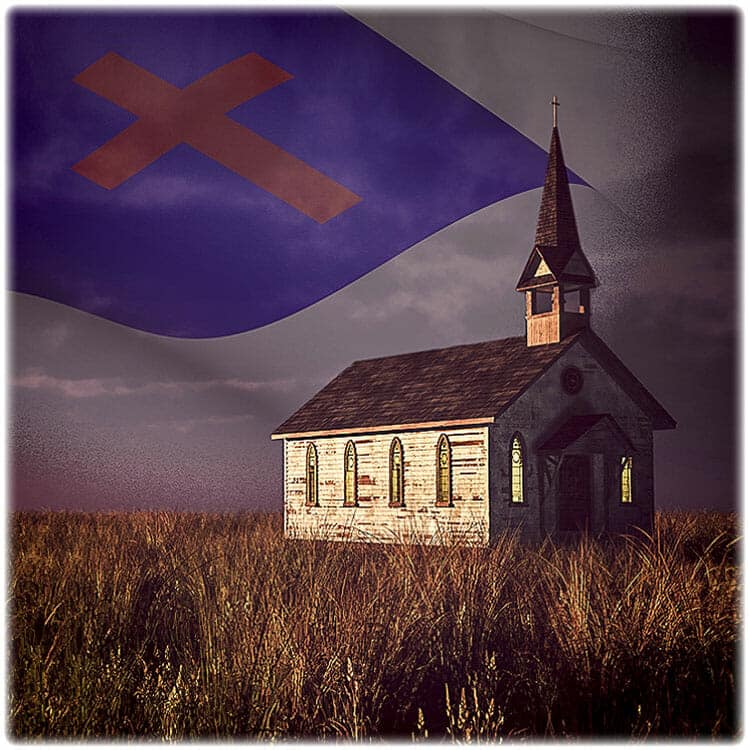
September 26 is an annual reminder of an event that transpired on that day more than a century ago. For more than a hundred years, the Christian flag has flown at the entrances of Christian institutions, in the sanctuaries of churches, and other places sympathetic to the advancement of the cause of Jesus Christ. While some denounce its use for their own parochial reasons, it remains a symbol of the Christian Church around the world. Though inconspicuous in its origin, the Christian flag has become universally recognized as a symbol of Christianity. Every true believer will appreciate the history behind the origin of the Christian flag.
Contents
Concerning the Place of Origin
In 1824, the American Sunday School Union was formed in an effort to Christianize the nation as it expanded. Several years earlier, President John Adams wrote to his friend, Thomas Jefferson, reminding both men that it was "the general principles of Christianity" that enabled America "to assert and maintain her independence."[1] Realizing that Christianity birthed America, many of America's Founding Fathers looked for a way to entrust the Christian faith to succeeding generations of Americans, and they found it in the American Sunday School Union (ASSU).
Three denominations where most active in the American Sunday School Union: the Methodist; Baptists; and Presbyterians. Various evangelical denominations often supported the American Sunday School Union Sunday Schools. These denominations worked together under the "Union" banner. Churches, graveyards, and communities arose with the name "Union" associated with them because these were the places that the American Sunday School Union first gathered children and adults together to learn the Bible.
The story of the Christian flag begins in a Union Chapel on Coney Island, New York. It was also known as the Brighton Chapel "erected at Coney Island by the Sunday School Children of New York and Brooklyn"[2] and was affiliated with the Congregationalist Church—a denomination first advocated in America by the Pilgrim and Puritan Fathers in New England. One of many positive influences that the American Sunday School Union exercised upon America was the development of a flag used throughout most of Christendom—the Christian flag!
Sunday School Conceives the Christian Flag
Few have so skillfully and significantly snatched victory from the jaws of defeat as did Charles C. Overton—the superintendent of the Sunday school—on Sunday, September 26, 1897. The Union Sunday school that met at Brighton Chapel on Coney Island had designated that day as Rally Day. As was customary, a special guest speaker had been invited to the gathering, but to the surprise of Mr. Overton, the guest speaker—for some unknown reason—did not arrive. In the absence of a guest speaker, Overton rose and stepped toward the pulpit, over which an American flag had been draped. Drawing upon thoughts that had impressed themselves upon him for some time, Overton began to speak concerning the symbolism of the American flag. Then, suddenly he was impressed with the idea of a flag that would symbolize the Christian Church. In the inspired moments that followed, he began to verbally describe those elements and symbols that would best characterize the cause of Christ and His Church. With the assistance of a seamstress, the following week Overton constructed the flag he had described to the Sunday school audience the previous Sunday, and on Sunday, October 3, 1897, presented the first Christian flag to his Sunday school.
Like the American flag, the Christian flag is composed of three colors—red, white, and blue. The ground of the Christian flag is white, symbolizing peace, purity, and innocence. The upper flagpole-side corner canton is a deep royal blue, symbolizing fidelity to the Christian faith, and the red cross emblazoned upon it reminds all who behold it of the blood of Christ shed for the atonement of sin for all who believe. From this inconspicuous beginning in one of the Sunday schools associated with the American Sunday School Union came a symbol that has impressed itself upon the conscience of the world for more than a century.
Fanny J. Crosby (1820-1915) is known as the "Queen of Gospel Song Writers" or "Blind Bard of Methodism." During her life, she wrote more than 8,000 hymns or gospel songs. In the latter part of the nineteenth century, Crosby became an important figure among the Methodists and similar groups that emphasized the importance of a pure heart before God—in historic Methodism known as Christian holiness. Traveling within the circles of the American Holiness Movement, Crosby attended camp meetings, becoming a friend of Dr. Walter C. Palmer, his wife Phoebe Worrall Palmer, and their daughter, Phoebe Palmer Knapp—with whom Fanny Crosby wrote "Blessed Assurance." Crosby regularly attended the Methodist campground at Ocean Grove, New Jersey. One of the ministers that helped to initiate this famed camp meeting was Methodist bishop, Matthew Simpson, who conducted the memorial and funeral services for his good friend, Abraham Lincoln, in Washington and Springfield, Illinois.
In 1877, Fanny Crosby met William J. Kirkpatrick, one of the most prolific composers of gospel song tunes. Kirkpatrick was the most prominent publisher in the Methodist tradition that emphasized the necessity of Christian purity. The tunes of Kirkpatrick and the lyrics of Crosby were wedded into many hymns and remain part of the contemporary church that celebrates the breadth of its vibrant Christian heritage. But in 1903, only six years after the Christian flag was conceived, Fanny Crosby joined with another composer, Raymond Huntington Woodman, who also left a significant impression upon Christian music in America. While Fanny Crosby provided the lyrics, Woodman composed the tune to the song, "The Christian Flag," the words to which are presented below:
The Christian Flag
Verse 1: The Christian Flag! behold it,
And hail it with a song,
And let the voice of millions
The joyful strain prolong,
To every clime and nation,
We send it forth today;
God speed its glorious mission,
With earnest hearts we pray.
Verse 2: The Christian Flag! unfurl it,
That all the world may see
The bloodstained cross of Jesus,
Who died to make us free.
The Christian Flag! unfurl it,
And o'er and o'er again,
Oh! may it bear the message,
"Good will and peace to men."
Verse 3: The Christian Flag! God bless it!
Now throw it to the breeze,
And may it wave triumphant
O'er land and distant seas,
Till all the wide creation
Upon its folds shall gaze,
And all the world united,
Our loving Savior praise.
Refrain: The Christian Flag! behold it,
And hail it with a song,
And let the voice of millions
The joyful strain prolong.
Words, Fanny J. Crosby
Tune, Raymond Huntington Woodman
Development of Christian Flag Code
The question of how to display the Christian flag is designated by some writers as the "Christian flag code." The question of how to properly honor the Christian flag was answered over a period of decades. One of the individuals most deeply dedicated to the use of the Christian flag has been a United Methodist minister by the name of James Russell Pollock, Ph.D., D.D. Rev. Dr. Pollock pastored churches in Michigan, Connecticut, Wisconsin and Pennsylvania. During World War II, he was a front-line military chaplain with the US Army, serving with combat engineers and the 2nd Armored Division. He wrote a history of the Christian flag titled, Congratulations to The Christian Flag. Rev. Pollock passed away on March 25, 1996, only two days after completing the fourth edition of his book. The subject of the Christian flag was of particular interest to him, in part, because he was personally instrumental in the development of the "Christian flag code." He personally related his involvement in the development of the code:
The code for honorable placement of the Christian flag arose out of crisis. A highly motivated young preacher fresh from Yale University Graduate School was serving his first full-time appointment. The year was 1938. The clouds of World War II darkened Europe and hung like a shroud over the world. American youth were being registered. It was a flag-conscious time.
In this setting, an unexpected problem arose for the young minister. To his mind the motto "Christ Above All" and the "Name Above Every Name" meant all honor at all times to Christ and the Cross. With no hesitancy he placed the new Christian flag, which had just been purchased, at his right in the chancel, and the American flag symmetrically opposite. All the laws of heraldry, the Apostles' Creed, New Testament references and social usage designated honor to the right-hand side. He had not anticipated the stir this was to cause. He was confronted by some sincere and questioning members. They showed him a
pamphlet put out by a patriotic group that pictured the national emblem in the place of honor, whereas he had put the Christian flag in the place of honor. His explanations fell on deaf ears. One of the questioners holding a pamphlet then said to him, "We have the diagrams right here in print. What do you have in writing?"
There was nothing in writing to turn to concerning the correct usage of the Christian flag in 1938. Furthermore, the nation was gearing for war. Civilians were flag-sensitive and overactive. The American and Christian flags were secretly switched during the week. What did he have in writing? At that time, nothing. All he had was a deep conviction that Christ and His Cross should never come second. (His name was James Russell Pollock, your author.)
The young minister took the whole question to his annual church conference. He prepared and presented the written regulations which he felt would comprise a true Christian Code. It was immediately adopted. That was 59 years ago. Like the Christian flag itself, it has not changed.[3]
How to Display the Christian Flag
1. When the Christian flag is on the same level as the congregation, the flag is place at the front right of the sanctuary or auditorium.
2. When the Christian flag is elevated to the chancel, communion rail, choir loft, or other area of the platform, it is placed on the right side of the clergy or speaker as they face the audience.
3. Displaying the Christian flag with other flags:
Symmetrical display—the American flag or other flags may be placed at the same level on the opposite side of the auditorium or sanctuary.
Parallel display—other flags not dishonoring to Christianity may be positioned beside the Christian flag, symbolizing the spiritual and patriotic loyalties of the congregation. When arranged in parallel, the Christian flag always occupies the place of priority on the right as determined by points one and two above.
The Christian flag never dips or shows deference to any other flag, though it may dip in deference to the Cross.
4. The Christian flag in other circumstances:
Should the Cross and Christian flag both be use in a processional, the Cross always leads followed by the Christian flag.
In a single-column processional, the Christian flag always precedes all other flags or insignias. In a double-column (or more), the Christian flag is always leads the right-most column.
If arranged on a flagpole with other flags, the Christian flag receives the top-most position.
When placed on separate flagpoles with any other flags, the Christian flag is placed on the right as it faces the street or audience.
When posting the Christian flag in a supporting base, it should be adjusted so the red cross and blue canton faces the audience or congregation.
No other symbol, insignia, or flag (including the Christian flag) should be placed above the Cross.
In less than a century, the Christian flag has come to occupy a place of notoriety and distinction among Christians around the world. While some decry the use of the Christian flag because liberal denominations and agencies quickly assumed its use, the Christian flag arose in one of the greatest evangelical ministries America has ever known—the American Sunday School Union. Liberals also employ the use of the symbolism of the Cross, but it should not mean that conservatives should walk away from this symbol, but rather redeem it by constantly clarifying its significance. When all the flags of all the nations lay in the dust, may this flag wave on, exalting the Lord Jesus Christ and his kingdom that will know no end!
America deserves to know its true heritage.
Please contribute today!
[1] John Adams, The Works of John Adams, Second President of the United States: with a Life of the Author, Notes and Illustrations, by his Grandson Charles Francis Adams (Boston: Little, Brown and Co., 1856). 10 volumes. Vol. 10. [Online] available from http://oll.libertyfund.org/titles/2127; accessed 8/11/2014; Internet. John Adams to Thomas Jefferson, June 28, 1813.
[2] See description on image of the chapel at "History," Christian Flag Ministry (http://christianflagministry.com/history-of-the-christian-flag/, September 3, 2014).
[3] Christian Flag Facts (www.montney.com/flag/facts.htm, September 5, 2014).

